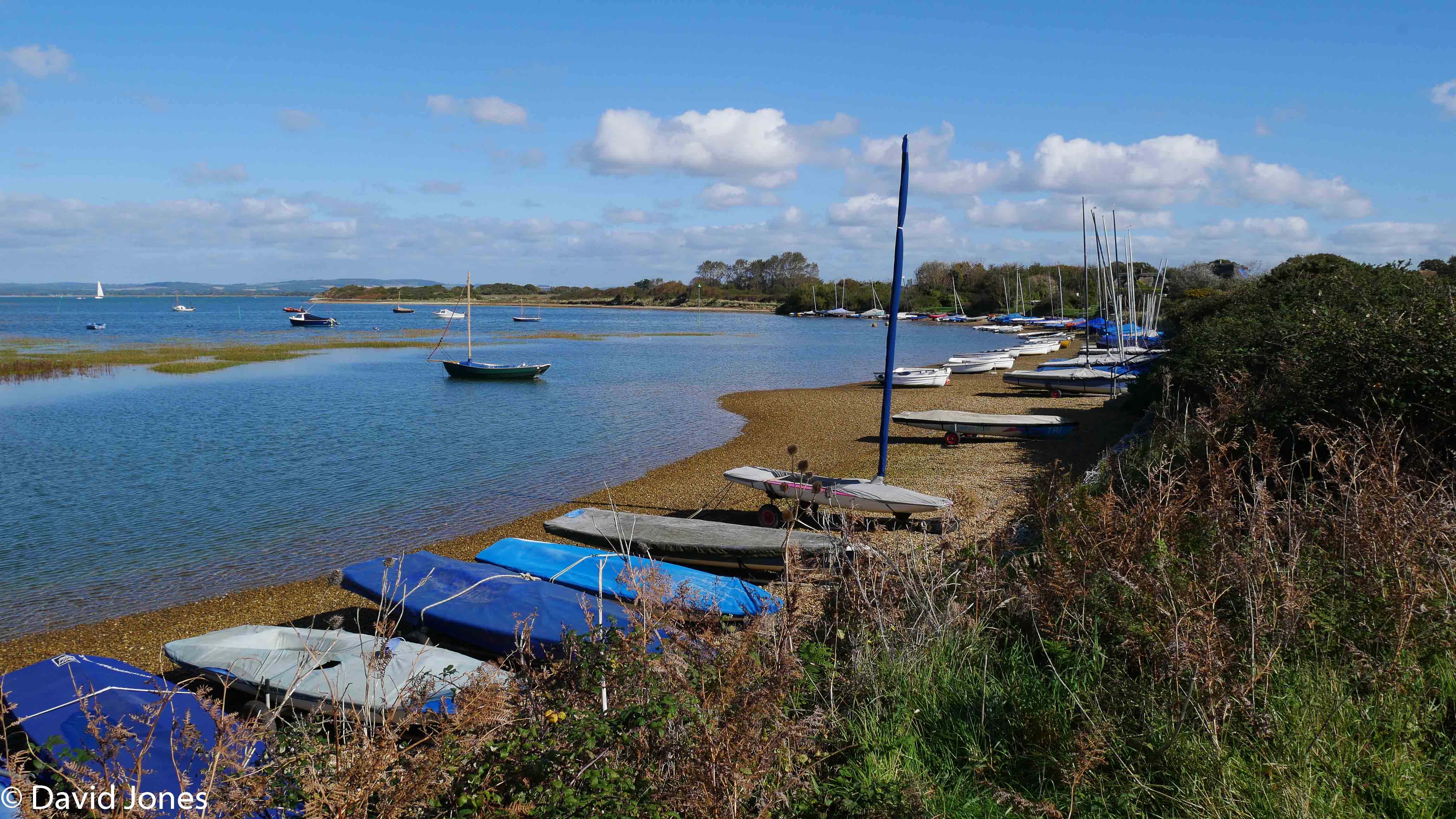
Chichester Harbour was the first of our citizen science surveys. It is an Area of Outstanding Natural Beauty (AONB) and is of national and international importance for nature conservation. It is a Site of Special Scientific Interest, a wetland of international importance (Ramsar site), a Special Protection Area for wild birds and a Special Area of Conservation. It is also important commercially for farming, fishing, boatyards and tourism.
The survey not only enabled us to ascertain the concentration and distribution of microplastics, but through additional research we have begun to assess the potential impact of those microplastics from a social, economic and ecological perspective. More research is now being undertaken to look at the plastics at the bottom of the harbour as well as the ingestion of microplastics by wildfowl.
Through social media and this website we recruited volunteers from the local area, some even coming from Bournemouth 70 miles away. As well as local residents we also had volunteers from Natural England and the Environment Agency.
Around 80 people turned up to lend a hand and collect microplastics from the sand and pebbles on the East Head and Hayling sides of the harbour entrance. There were so many people that it even made the BBC news as well as the local press. Work in analysing the data collected is still ongoing and there is still plenty of additional research that needs to be undertaken.
